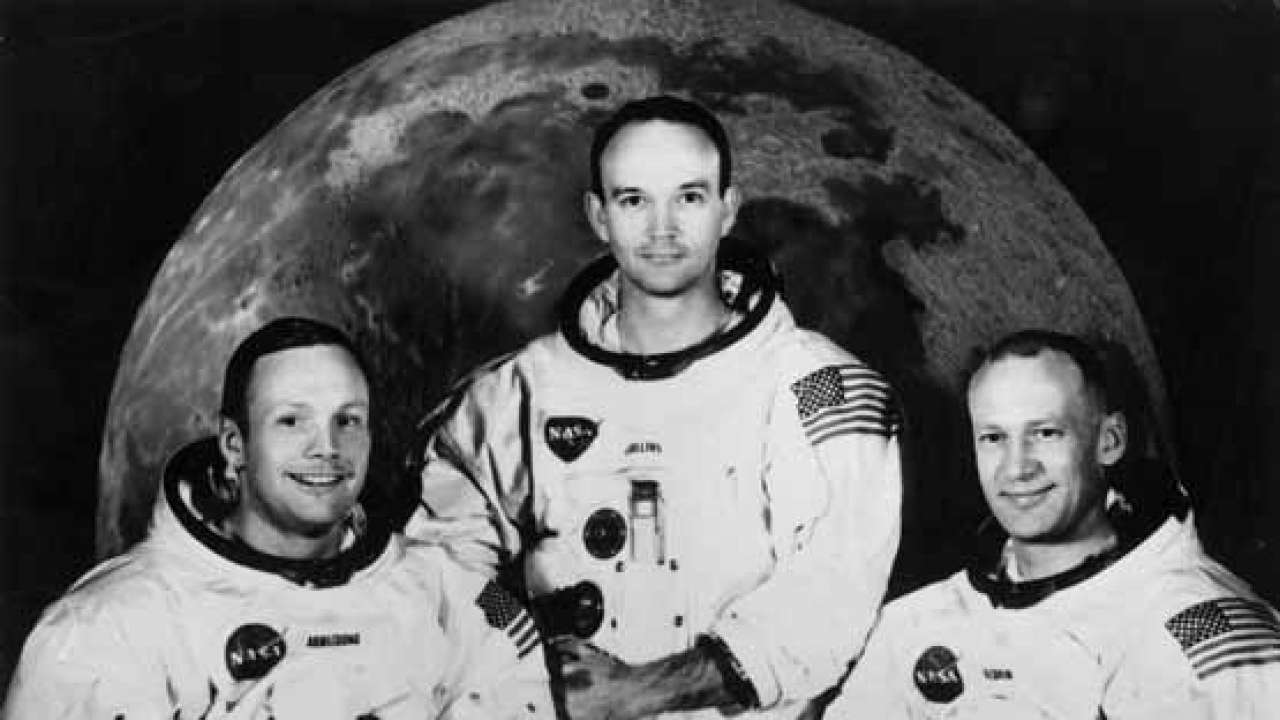

The question the experiment will answer: How resilient is life in the face of the brutal environment of the moon? And for that matter, if microbes can survive on the moon, can they survive interstellar travel, making them capable of seeding life across the universe, including on places like Mars? Wait, astronauts pooped on the moon and just left it there?!Īfter Neil Armstrong descended from the Eagle lander, becoming the first human to set foot on the moon, the very first picture he took on the surface shows, yes, the moon’s cratered surface, but also a white jettisoned trash bag (or jett bag). Which means the human feces - along with bags of urine, food waste, vomit, and other waste in the bags, which also might contain microbial life - on the moon represents a natural, though unintended, experiment. With the Apollo 11 moon landing, we took microbial life on Earth to the most extreme environment it has ever been in. The moon, as far as we know, has been sterile and lifeless that whole time. Planet Earth has hosted this life and so much more for upward of 3.9 billion years. In a piece of poop lives a whole wondrous ecosystem. Around 50 percent of their mass is made up of bacteria, representing some of the 1,000-plus species of microbes that live in your gut. Human feces can be disgusting, but they’re also teeming with life. Now scientists want to go back, and answer a question that has profound implications for our future explorations of Mars: Is anything alive in them? These footprints are still on the moon. The bags have lingered there, and no one knows what has become of them. Yes, our brave astronauts took dumps on their way to the moon, perhaps even on the moon, and they left behind their diapers in baggies, on humanity’s doorstep to the greater cosmos. Neil Armstrong’s iconic footprint is still there, undisturbed there’s no atmosphere, no wind on the moon to blow it away.īut the bigger human footprint on the moon is, arguably, the 96 bags of human waste left behind by the six Apollo missions that landed there. It’s been nearly 50 years since the Apollo 11 moon landing.


 0 kommentar(er)
0 kommentar(er)
